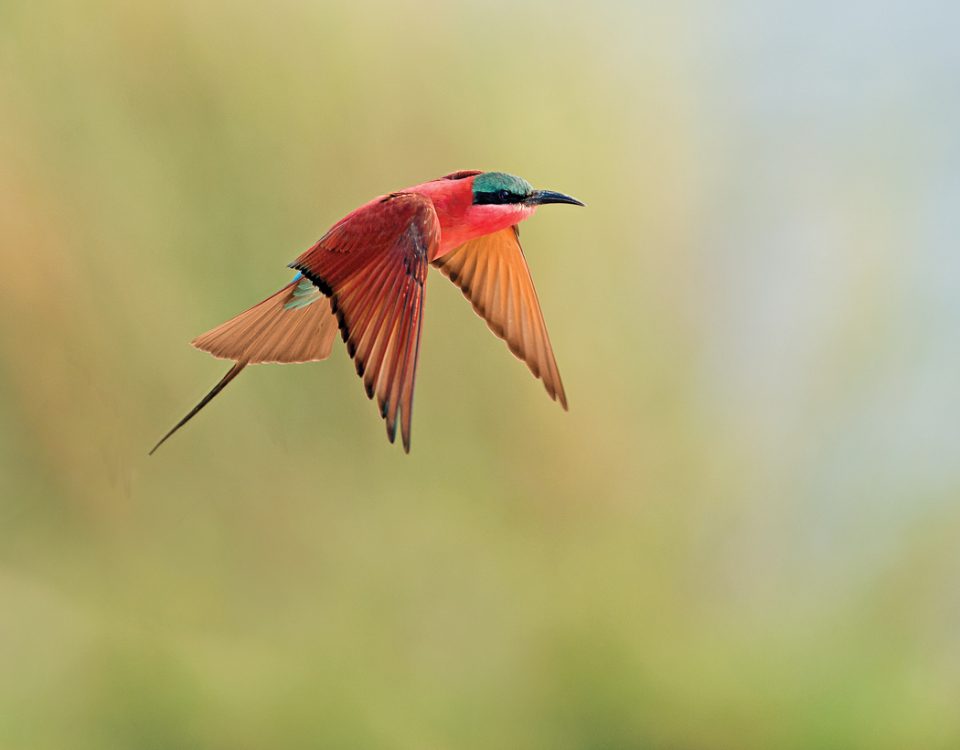The domestication of the African wild cat
November 13, 2012Namibia’s desert flowers
November 13, 2012This is the fourteenth in a series by Joh Henschel of EnviroMEND about the Namib Desert. Its wonders have many forms, some of which are tiny, easily overlooked creatures such as desert lizards.
Photographs by Joh Henschel
“Ain’t I beautiful!?”
Although he can’t see himself, the Namib desert lizard shows off his dandy persona on a shady stage under a dune shrub. The best mirror would be the lizard’s own scales, but they form part of his adornments.
Blushing more orange-red and more mottled than the nearby red-hot dune sand, the wedge-snouted desert lizard, Meroles cuneirostris, holds his head high, a beauty in a mirror-less world.
And yet, when you pass by, you might scarcely spot this spotted beau. Meroles’ immaculate patterns blend into his surroundings.
After all, he is showing off on a rather secluded stage. With a bit of patient waiting and moving only very gently, you can approach ever closer to see him in his full regalia. True to his name, his snout is like a wedge, light to bright orange around the edge.
At the side of his head are orange ear flaps, located in front of his ear holes so as to close the ears when sand-diving. A facial GT-stripe under his eye signifies a touch of
speed, true to his nature, as he is not only an armchair runner. His body is mottled with creamy spots on a red-brown to olive-green background, with orange and yellow dashes all along his flanks, below which the belly is white.
Our dandy Meroles always has a comb at hand – in the shape of the fringes on his toes – although he has no head fringe to comb. The combs serve him as sandshoes, enabling him to have a better grip when racing.
If you wait patiently, you will see him stepping into the limelight. He patrols the swathes of open dune sand between the shrubs on the lookout for rivals he can outshine, or maybe a lady lizard to impress. When he sees a distant rival, he wags his tail and shakes his body conspicuously, showing off that he dominates this bit of space.
At the same time, this attention grabber has to be constantly aware of hovering kestrels above. He is actually spotted by a keen-eyed Psammophis sandsnake watching from ground level.
Split-second reaction and a zigzag agility, not to mention speed worthy of those GT stripes, leaves the snake hurtling in one direction and Meroles plunging heedlessly into a shrub in the other. Fortunately, no sidewinder adder surprises him under that shrub.
After a breather and confirmation that the coast is clear, our Meroles emerges again. Now he is hungry. He jabs at a passing fly, then catches a small grasshopper. Next, he races after a bustling dune ant, to be rewarded with a face-full of formic acid spray. Ugh! Better not touch that! In the uproar, another ant bumbles into the surface web of a spoor spider, rapidly overheats and dies. Meroles nonchalantly plunders the spider’s booty. Sated, he returns to the limelight of his stage.
In the distance he spots a female, rowing the air with her feet to cool them.
Look how pretty she is with three bright GT stripes along her entire head and body, two thin light strips separated by thick bright orange, although her back is plainly sand-coloured – scarcely visible from a kestrel’s vantage point. Our Meroles spends the late afternoon making cautious moves towards her, at the same time chasing away rivals. Before calling it a day, he meets up with her, and the two disappear into a shrub. After all, it is breeding season.
This article was originally published in the November 2012 Flamingo magazine (Air Namibia's in-fligt magazine).



